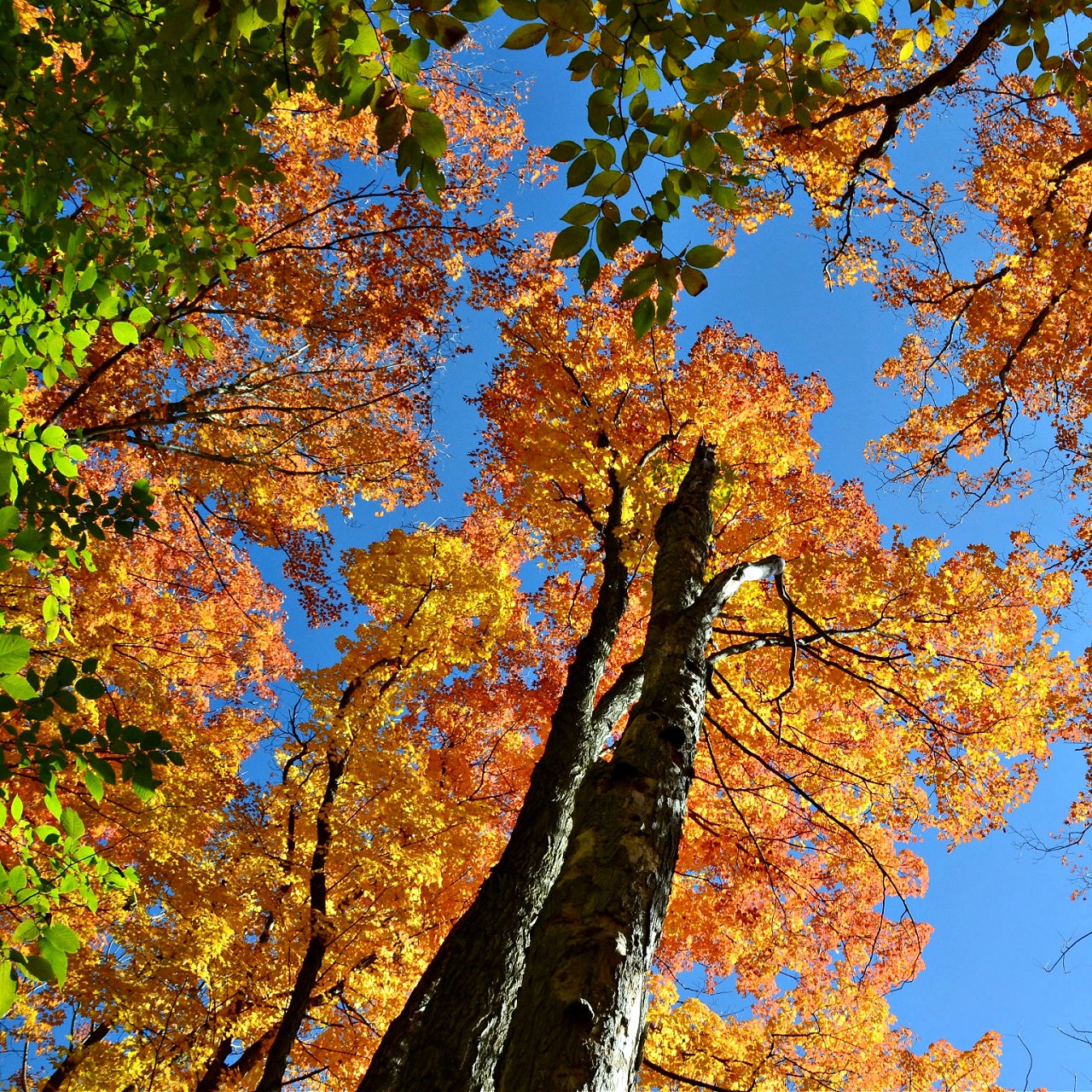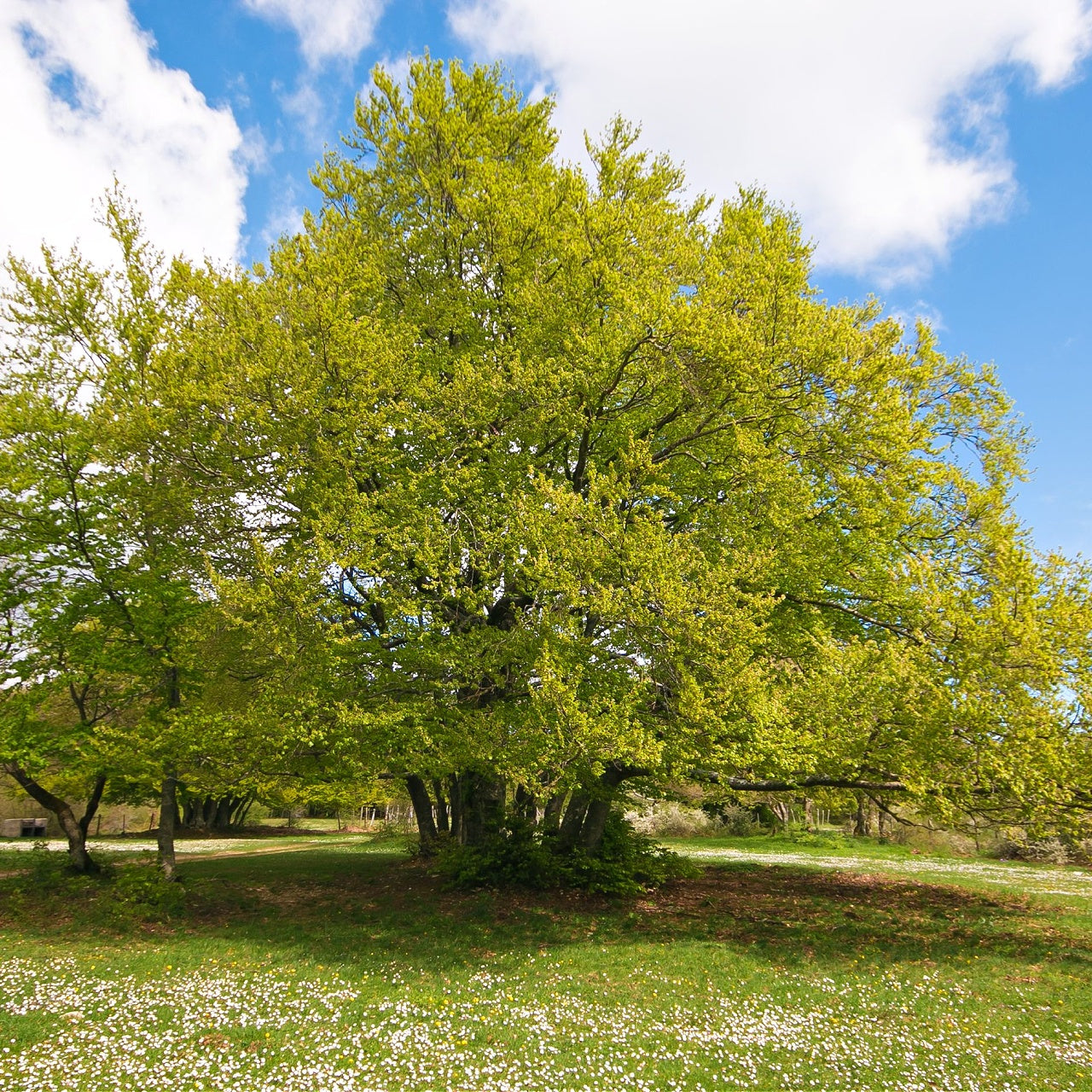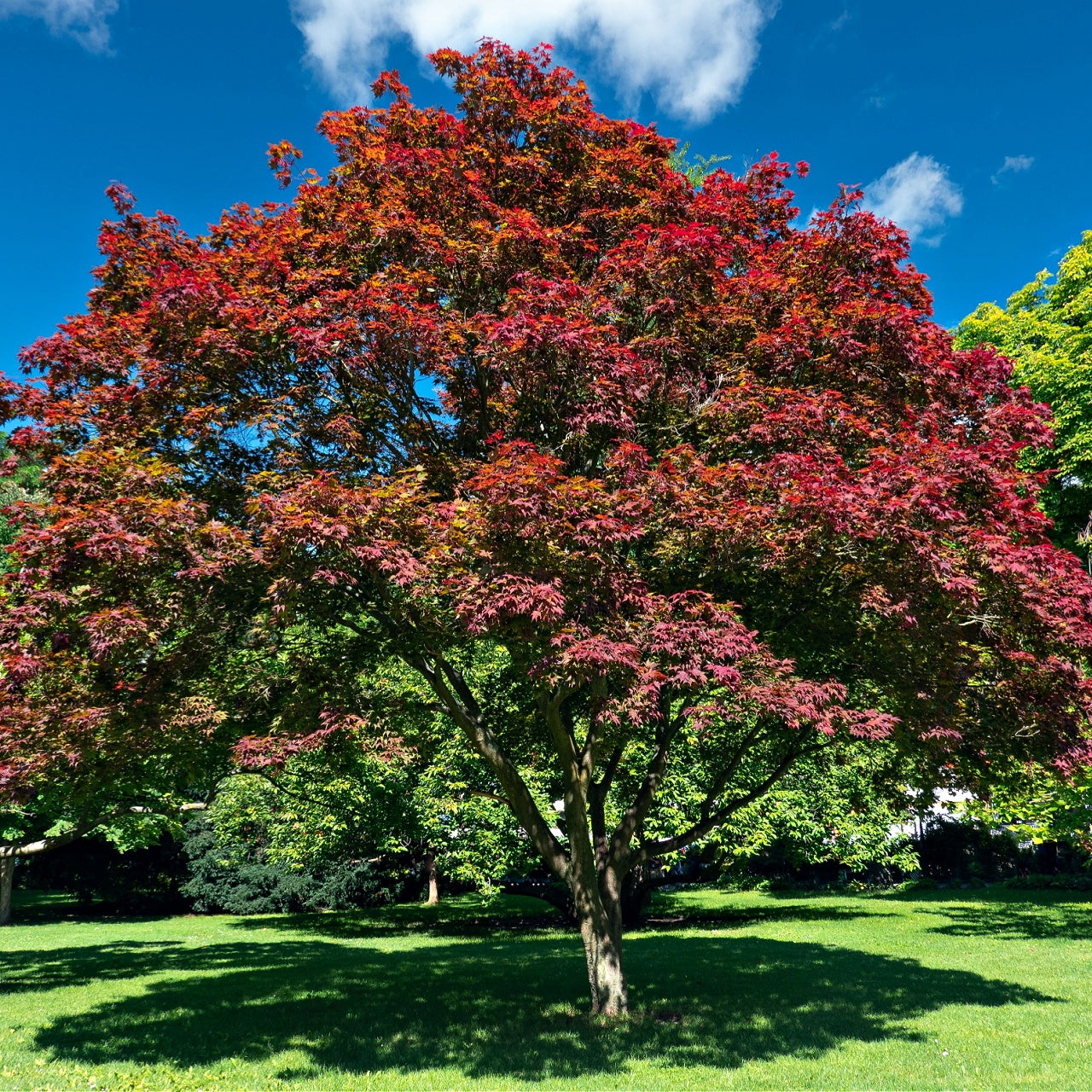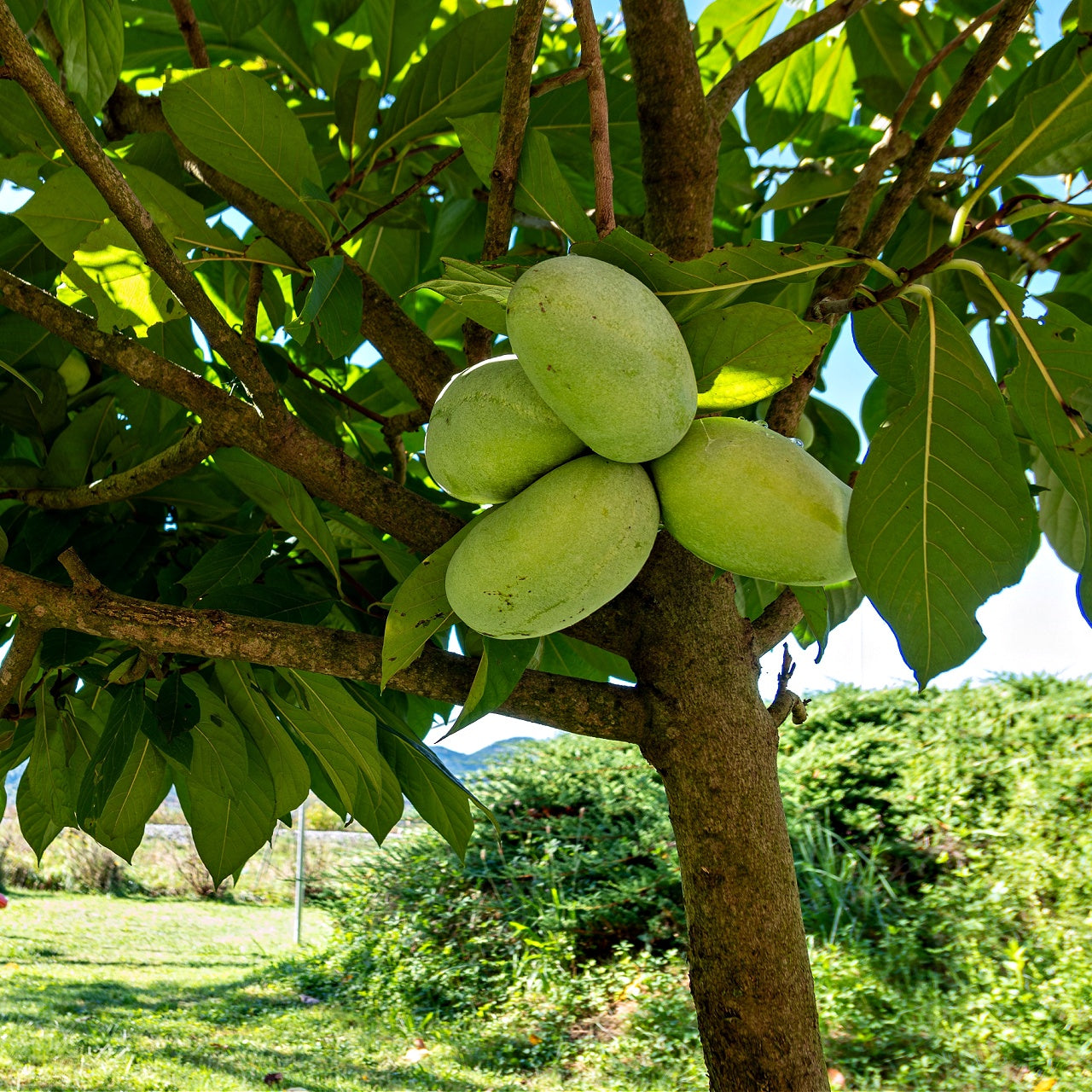
A Fascinating World of Ferns
A Fascinating World of Ferns
From New York to Royal, Tennessee Ostrich Glade, Lady, and Christmas Ferns
Ferns are ancient and enchanting plants that have captivated the imagination for centuries. These non-flowering, vascular plants belong to the division Pteridophyta and have a rich history dating back to prehistoric times. Among the diverse fern species found worldwide, this article will explore the beauty and uniqueness of New York ferns, royal ferns, Tennessee ostrich glade ferns, lady ferns, and Christmas ferns. These ferns have distinctive characteristics that make them stand out in botany and horticulture.
New York Fern (Thelypteris noveboracensis)
New York fern, scientifically known as Thelypteris noveboracensis, is a charming native fern species found predominantly in the northeastern regions of the United States, including its namesake state, New York. This delicate fern is a testament to nature's intricate beauty, featuring finely divided fronds with a lacy appearance. Its slender, dark-colored stems give rise to graceful fronds that can grow 2 feet tall. One of the New York fern's notable features is its preference for moist, shady woodlands, making it a common sight in rich, deciduous forests. It thrives in acidic soil and contributes to the lush understory of these forest ecosystems. The New York fern's elegant fronds make it a popular choice for ornamental gardening, adding a touch of woodland charm to shaded gardens.
Royal Fern (Osmunda regalis)
The royal fern, or Osmunda regalis, is aptly named for its regal appearance and commanding presence. This impressive fern species is native to temperate regions of North America, Europe, and Asia. The royal fern's most distinctive feature is its bipinnate fronds, which resemble a striking blend of delicate greenery and prehistoric foliage. One of the most intriguing aspects of the royal fern is its reproductive strategy. Unlike many ferns, it reproduces through spores and not seeds. The spore-bearing structures, known as sporangia, form on the fertile fronds, creating a visually captivating contrast between the fertile and infertile fronds. These fronds can reach impressive heights, sometimes exceeding 6 feet, making the royal fern a commanding presence along the edges of streams, ponds, and wetlands.
Tennessee Ostrich Glade Fern (Tennessee Glade Fern)
The Tennessee ostrich glade fern, also known as Tennessee glade fern (Cystopteris tennesseensis), is a rare and enchanting fern species native to the southeastern United States. Its restricted range and unique habitat requirements make it a sought-after species for fern enthusiasts and conservationists. This fern thrives in limestone-rich glades, a habitat characterized by shallow, rocky soils and plenty of sunlight. The Tennessee ostrich glade fern's fronds are delicate and feathery, creating an ethereal and almost otherworldly appearance when they catch the sunlight. Conservation efforts are in effect to protect the remaining populations of this rare fern, as its specialized habitat continues to face threats from development.
Lady Fern (Athyrium filix-femina)
The lady fern, or Athyrium filix-femina, is a classic species that has charmed gardeners for generations. This fern is found throughout North America, Europe, and Asia and is often admired for its graceful and lacy fronds. Lady ferns are typically medium-sized, reaching heights of 2 to 3 feet, and they thrive in various environments, from damp woodlands to open meadows. One of the critical features that endear the lady fern to gardeners is its adaptability and ease of cultivation. It can tolerate various soil types and light conditions but prefers partial to full shade. Its adaptability and delicate beauty make it famous for shaded gardens and woodland landscapes.
Christmas Fern (Polystichum acrostichoides)
The Christmas fern, scientifically known as Polystichum acrostichoides, is a familiar and beloved fern species in eastern North America. Its name is derived from its evergreen fronds, which remain green and vibrant throughout the winter, making it a festive addition to woodlands during the holiday season. This fern typically grows in clumps, with its fronds reaching 1 to 2 feet. The fronds are pinnately compound, glossy, and spread out circularly. Christmas ferns are often used for landscaping in shaded gardens and are known for their ability to thrive in various soil types. They can also be found in the wild, often carpeting the forest floor beneath the canopy of deciduous trees.
Ferns continue to captivate plant enthusiasts and nature lovers worldwide with their ancient lineage and diverse species. From the delicate New York fern to the regal royal fern, the rare Tennessee ostrich glade fern, the adaptable lady fern, and the evergreen charm of the Christmas fern, these plants offer a glimpse into the fascinating world of botany. Whether gracing the forests of New York, adorning gardens with elegance, or thriving in specialized limestone glades, ferns remind us of the enduring beauty and resilience of the natural world.






